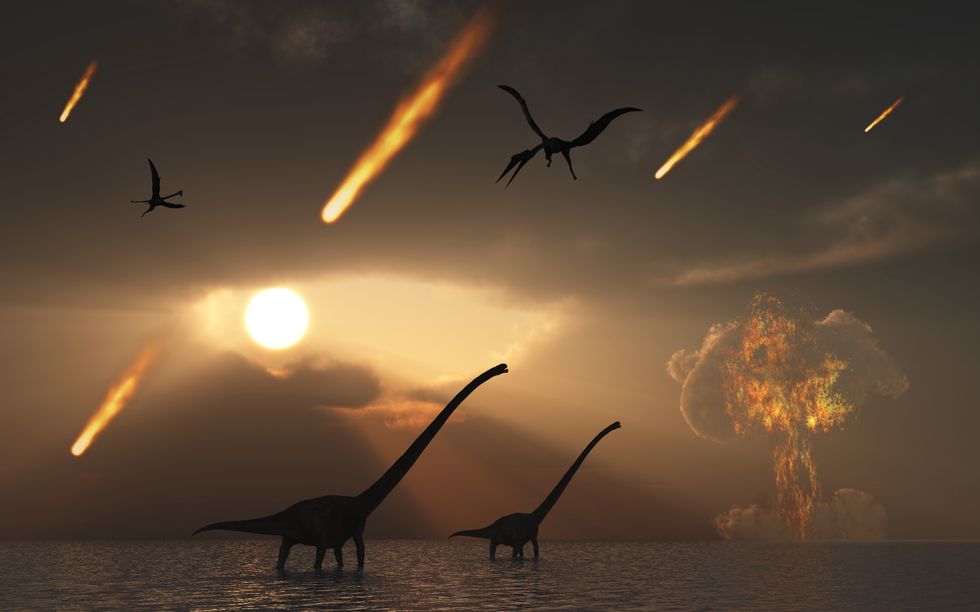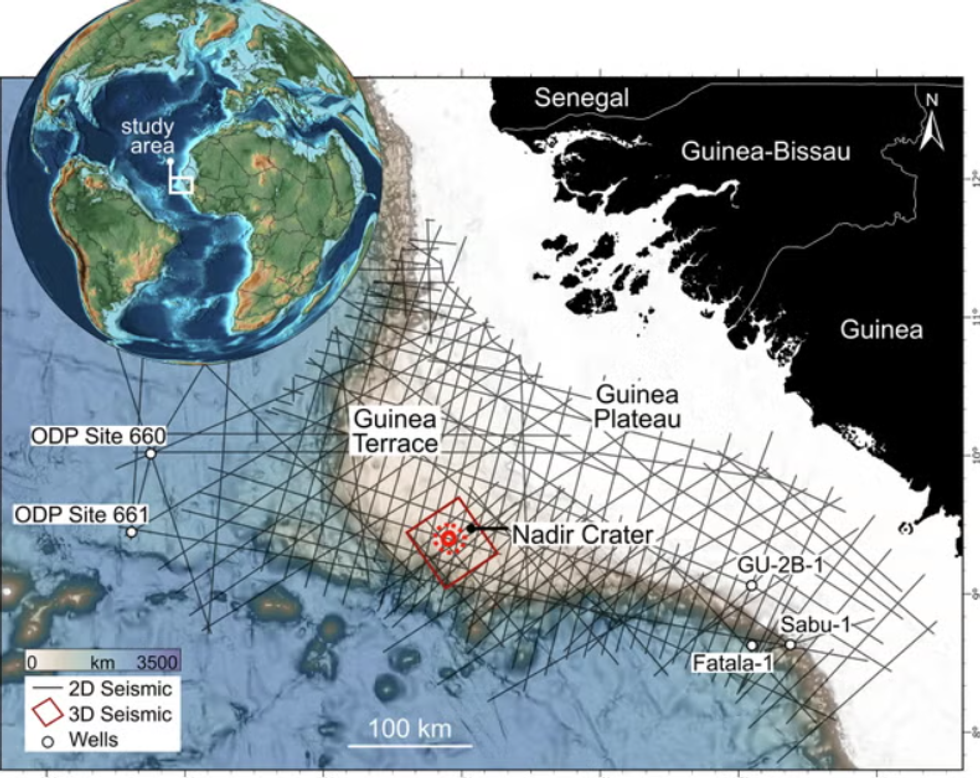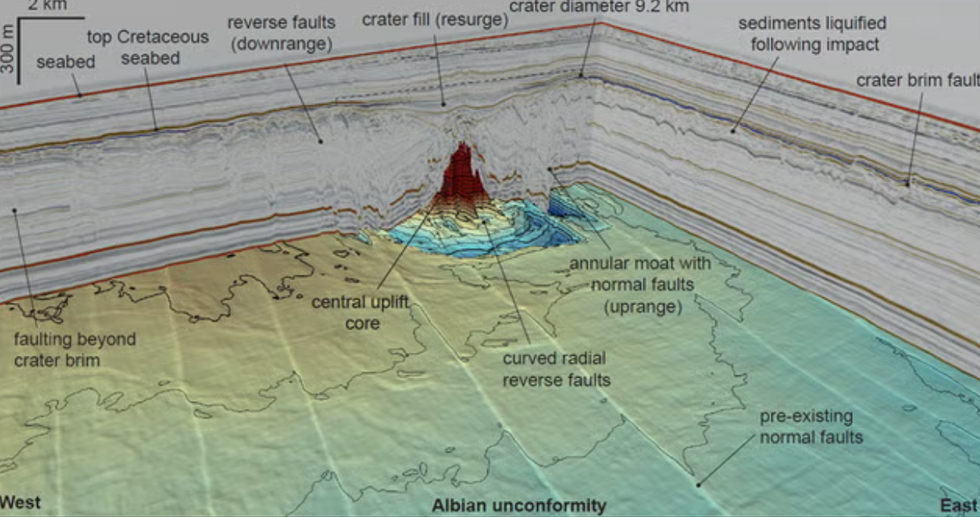Asteroid researchers make eye-opening discovery - 'We haven’t had anything like this in human history'

Some 66 million years ago, an asteroid wiped out all dinosaurs on earth
Don't Miss
Most Read
Scientists have made an eye-opening discovery about the asteroid that wiped out the dinosaurs 66 million years ago.
It has long been thought that the six-mile-long asteroid, which destroyed over half of all life on earth, acted alone in its devastation.
However, scientists at Scotland’s Heriot-Watt University, have made a shocking discovery, stating: “We haven’t had anything like this in human history.”
The team have just published new 3D images of a crater that was made by a second asteroid that hit the planet roughly around the same time as the first - which left a 124-mile crater under the Gulf of Mexico Yucatán Peninsula.
 Scientists have made an eye-opening discovery about the asteroid that wiped out the dinosaurs 66 million years ago | Getty
Scientists have made an eye-opening discovery about the asteroid that wiped out the dinosaurs 66 million years ago | GettyThe five-mile-wide Nadir Crater was first discovered by Dr Uisdean Nicholson over five years ago, however, seismic data from the images was needed to confirm its cause.
Half a decade later, and the team are finally able to see all the details of the crater, which they believe stems from an asteroid which impacted off the coast of West Africa. They published their findings in the journal Nature Communications Earth & Environment.
It can be difficult to find craters as they have often been buried for millennia but the new data has allowed the scientists to see all the second asteroid’s characteristics.
Dr Nicholson told The Independent: “It reveals this crater in three dimensions for the first time – the first time we’ve ever been able to see inside an impact crater.
MORE LIKE THIS:

A map showing a map of where the asteroid hit
|Uisdean Nicholson
“So, the crater itself is about 9,200m – that’s what we call the rim. That’s the main central part of the crater,” Nicholson explained.
“And then there’s a wider set of concentric features, or circular features, around it that we call the brim. That’s, I think, about 22,000m in diameter. So, that’s where the sea … bed got collapsed back in.”
They suspect that the asteroid would be more than 1,300 feet wide and entering the earth’s atmosphere, it would have become a fireball around 25 times the size of the sun.
It also would have caused a 7.0 magnitude earthquake which would have triggered lots of tsunamis.

They suspect that the asteroid would be more than 1,300ft wide
|Uisdean Nicholson
“We haven’t had anything like this in human history,” Nicholson said, describing their findings.
However, compared to the asteroid that wiped out the dinosaurs, known as the Mexican “Chicxulub”, the energy released is still small.
The team are now hoping to reconstruct the impact in more detail, and plan to drill down into the ocean floor to get more samples.










